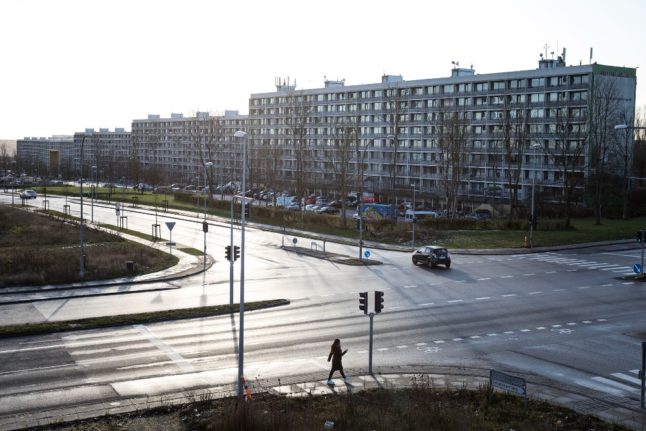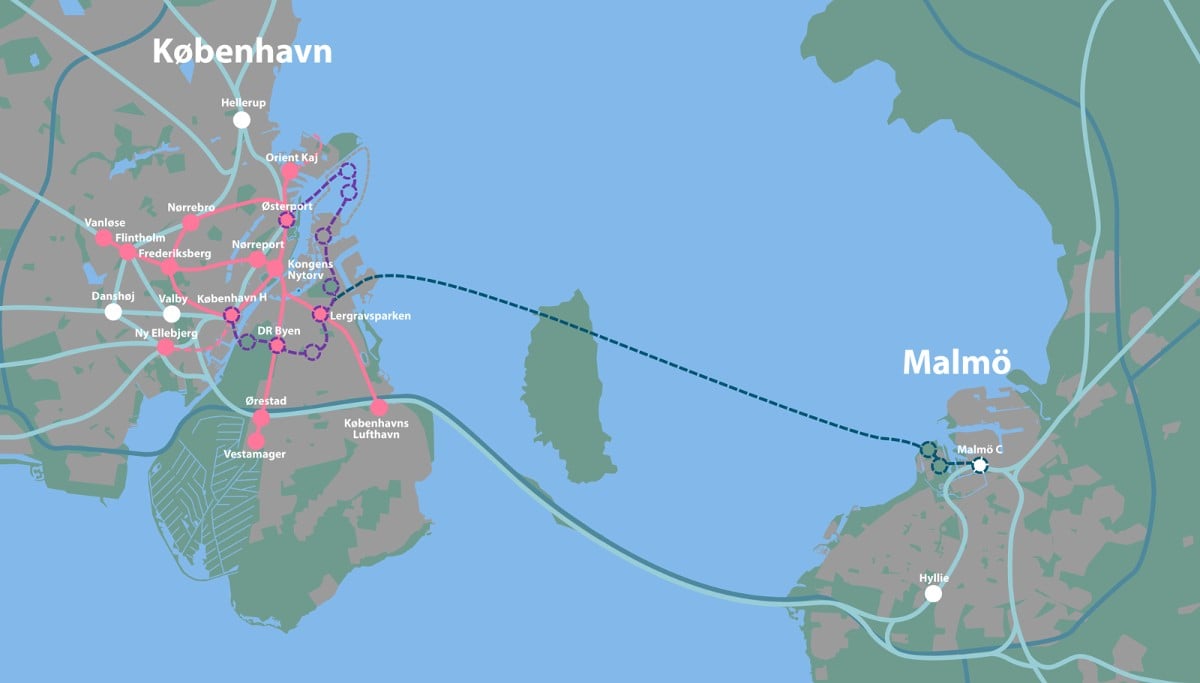An updated list of underprivileged areas classed by Danish authorities as ‘parallel societies’ shows that Mjølnerparken in Copenhagen, the housing area sometimes featured in international reporting as an example of a Danish “ghetto”, has been removed from the list.
This means there are no longer any housing areas anywhere in Copenhagen which fulfil the parallel society criteria.
In Aarhus, the Skovgårdsparken neighbourhood was added to the list. That brings the total number of ‘parallel societies’ in the second city to three. Other areas already on the list are Bispehaven and Gellerupparken.
What is a ‘parallel society’?
The terms ‘parallel society’ and ‘vulnerable housing areas’ (udsatte boligområder) are used to describe areas subject to special treatment under Danish laws. This can mean redevelopment obligations, stricter punishments for specified crimes and a requirement for small children to attend daycare.
The Danish government argues such obligations will reduce crime and improve prosperity in these areas so that the more closely resemble the national average.
To be classified as a parallel society or vulnerable area, neighbourhoods with at least 1,000 residents must fulfil at least two of four criteria.
These are: more than 40 percent of residents are unemployed; more than 60 percent of 39-50 year-olds do not have an upper secondary education; crime rates three times higher than the national average; residents have a gross income 55 percent lower than the regional average.
There are currently 19 such areas across Denmark, with the list most recently updated on December 1st.
READ ALSO: Where are the new ‘parallel societies’ in Denmark’s cities?
Why does Aarhus have three such areas, when there are none in Copenhagen?
The three neighbourhoods in Aarhus fulfil the criteria currently. When an area is removed from the list, as is the case with Mjølnerparken, that is because of an improvement in at least one of the relevant metrics – employment, education, crime rate and income, meaning that fewer than two of the criteria for inclusion are now met.
Although Aarhus has seen its number of technically marginalised neighbourhoods rise, city mayor Jacob Bundsgaard said the new list gave no undue cause for concern.
“We follow developments in these areas much more minutely than is done with the parameters that are on these lists. It’s important that there’s a good development on all parameters,” he told news wire Ritzau.
Bundsgaard recognised that there were challenges in the areas mentioned, but said that Aarhus Municipality was aware of the issues from its own attention to the, rather than from the national list.
High crime rates and low labour market engagement are among the problems faced by the areas in particular, he said.
“But what’s important for us is not these lists. It’s that there’s improvements in these areas,” he said.





 Please whitelist us to continue reading.
Please whitelist us to continue reading.
Member comments